14 Aug Who Was Leon Deschamps?
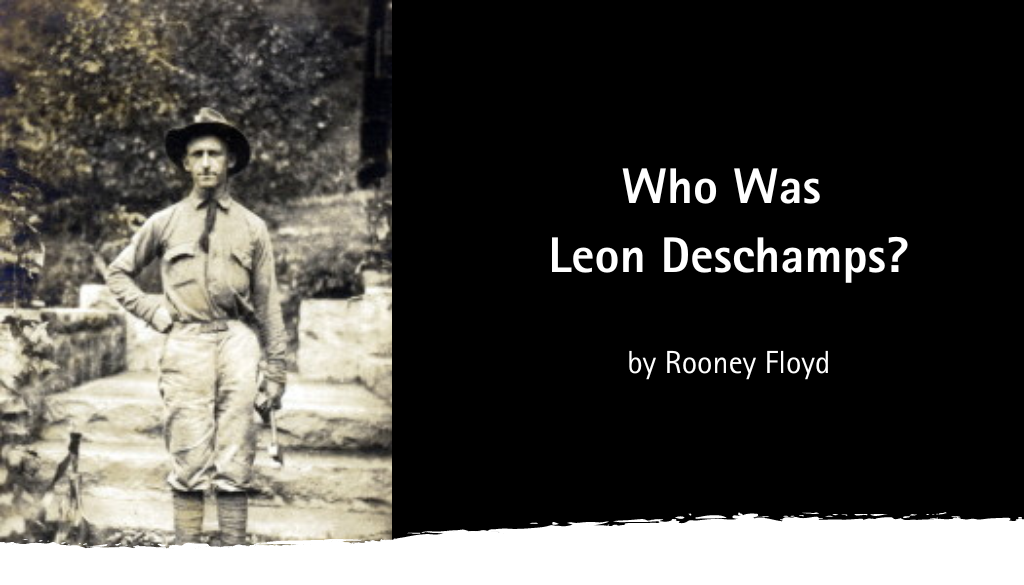
Leon Faubert Deschamps (1891—1986) is an unrecognized, major contributor to the success of several Appalachian Mountain schools in the earlier portion of the 20th century, but most importantly to the John C. Campbell Folk School. He is probably overlooked, for as much as any other reason, because of the difficulty of others to pronounce or spell his name.
In this picture, Leon looks like a scout master, a forester, an engineer, or a soldier. He was all of these and more. While we want to focus on his work at the Campbell Folk School, we need to briefly review the bigger picture. Leon was a noteworthy member of the Mountain Workers and Teachers in the Southern Highlands of the early twentieth century working in three different schools over his career with 19 years at the Folk School.
Born in Liege, Belgium in 1891, where his native tongue, as well as his name, was French, he finished high school and studied forestry there. About 1914, at the age of 23, Leon immigrated to Canada and then the United States to further his education by studying engineering.
After completing school, he took a job in 1917 at the Pine Mountain Settlement School in Pine Mountain, KY as a forester, building and grounds superintendent, and teacher. Katherine Pettit, the founding director of the school, was well pleased with his work but after his first year, WWI caught up with him and he volunteered for service with the US Army. He was sent to France in General Pershing’s prestigious Expeditionary Force serving in an exemplary manner in the engineering department as a forester and translator. Soon the war was over and he returned to Pine Mountain in 1919 to continue his work there. He formed two Boy Scout troops to help manage the forests. He also taught math, science, and French. That year he married May Ritchie of the singing Ritchie Family from Kentucky and they had two children while at Pine Mountain.
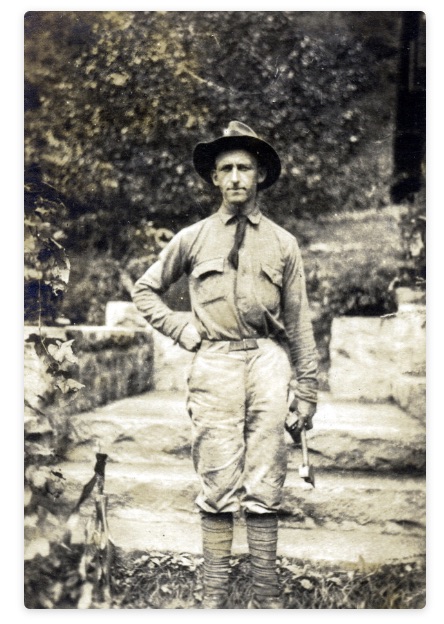
Leon—Pine Mountain—1917
In 1925, Leon began looking at the possibly of moving to the new Campbell Folk School in Brasstown, NC. Miss Pettit was planning retirement and knew that her good friend Olive Campbell could provide a proper opportunity for Leon and May in Brasstown. Over the next year, Leon settled his personal matters, changed jobs, and finally moved his family to Murphy, NC to work at the Folk School.
Leon was not the first Pine Mountain staffer to come to the Folk School. At Miss Pettit’s suggestion, Marguerite Butler, later Bidstrup, accompanied Olive Campbell to Denmark to learn about folk schools first-hand and co-founded the John C. Campbell Folk School with Olive.
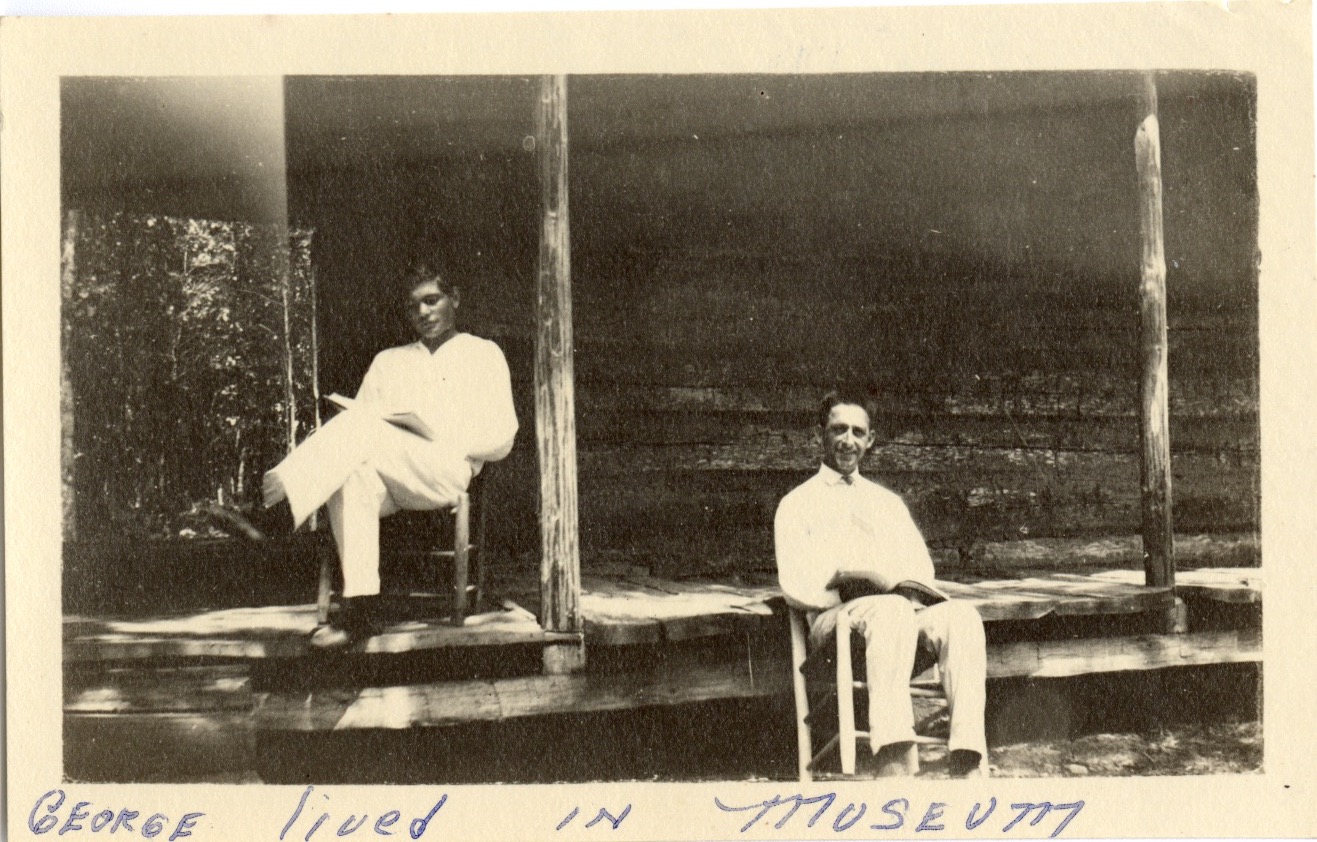
George and Leon—1926
Leon came alone at first and lived in the Log Cabin Museum with George Bidstrup. By 1927 he was well situated in his work at the Folk School and had moved his family to Murphy. Leon proved to be a very valuable staff member at the Folk School and his work can be seen in the many buildings he designed and built, primarily using field stones. He made many improvements to the farmland and forests as well as teaching math, economics and surveying. May contributed much to the mountain heritage and music of the Folk School. Their third child, Clotilde, was born in Brasstown.
During his two decades at the Folk School, Leon designed and built about eight field stone structures and renovated several others. He published an article entitled “Building in Stone” in the January, 1932 issue of the Mountain Life and Work journal after the completion of the Big Barn in 1931. In it he wrote, “we wanted very much to build for permanence but also with an eye to beauty”. The method he described became a standard practice in the region for many years to come. Now we will look at his major works.
Mill House—1928
The Mill House is a unique half-timber creation and possibly the most striking building on campus. In the absence of electricity, Leon designed and built a system in the creek with an upstream reservoir, connecting piping, and a water wheel that provided shaft power for the shop works on the first floor. The boys’ dormitory was located on the second floor. (The maximum distance from the girls’ dorm on the second floor of Keith House.)
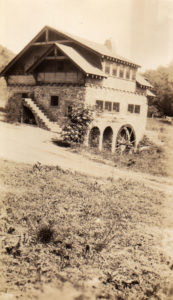
Spring House—1928
The Spring House used cool, natural spring water to keep dairy and other food products fresh. It now provides storage space.
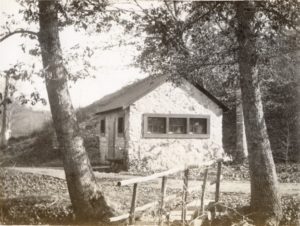
Big Barn—1931
Big Barn supported the dairy operation and provided a huge hay loft. The barn was the subject of a January, 1932, article entitled “Building in Stone” in the Mountain Life and Work journal. Ornamental symbols are cast in the mortar between the ground floor windows. Today it is in need of repair and is only used for storage.
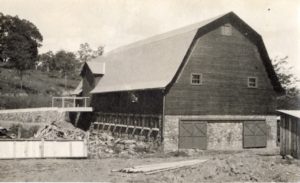
Milking Barn—1931
Milking Barn, also a classic half-timber construction, was the dairy barn until the early 1970’s when the dairy ceased to operate. Leon carved ornaments in the timbers between the windows and over the side door. In 1980 it was repurposed to become the Francis Whitaker Blacksmith Shop.
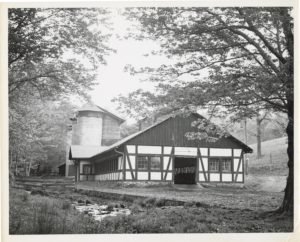
Tower House—1933
Tower House replicates the quaint, rural style of Leon’s native Belgium. The first floor housed the blacksmith shop and the second floor was the living quarters for the chief herdsman similar to the standard European practice of conserving space and using wasted heat to warm upper floors. Today it provides office space.
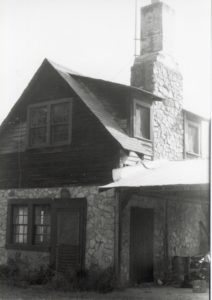
Hill House—Mid 1930’s
Hill House was built as a duplex for staff couples’ housing. It has iron railings by Oscar Cantrell and Leon carved wooden panels around the windows and doorways. Leon’s family lived here for a time. Today after much renovation it provides student housing.
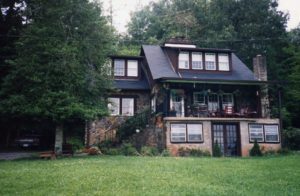
Rock House—Purchased in the 1930’s
Rock House was not part of the original Folk School property but the house and accompanying tract was purchased in the mid 1930’s and renovated by Leon for staff housing. He also lived here. Today it provides student housing.
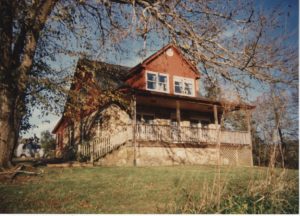
Laundry—1939
The building was designed and built by Deschamps to be The Folk School Laundry with accompanying wastewater pond. Later the Weaving Room was added. It has also served as the Gift Shop and Fain Archives. Today it is the History Center and provides office space.
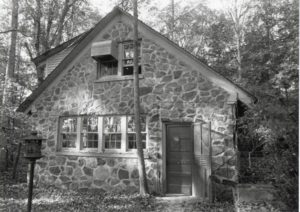
In 1944, as Mrs. Campbell planned her retirement after 20 years of directing the Folk School, the Deschamps moved to Swannanoa near Asheville to work at Warren Wilson College where the work was very familiar to them. There, too, Leon left his mark by continuing to design and construct several buildings still in service today.
Leon Deschamps died in 1986 at the age of 94 and was buried in the cemetery on the Warren Wilson campus. He left a noteworthy reputation and numerous visible reminders of his dedicated work in the mountain schools in Southern Appalachia, especially at the John C. Campbell Folk School. It is our desire that his legacy not be lost.
SOURCES
1. The Pine Mountain Settlement School Collection, Leon Deschamps Biography
2. “Mountain Life and Work”, January, 1932, “Building in Stone” by L. F. Deschamps
3. Numerous Notes from the John C. Campbell Folk School Archives, and Interviews with Staff and Local Residents
4. Leon Deschamps’ granddaughter and grandson reached out after the initial story was published and provided correctional/additional information. This post has been updated to reflect their intent.



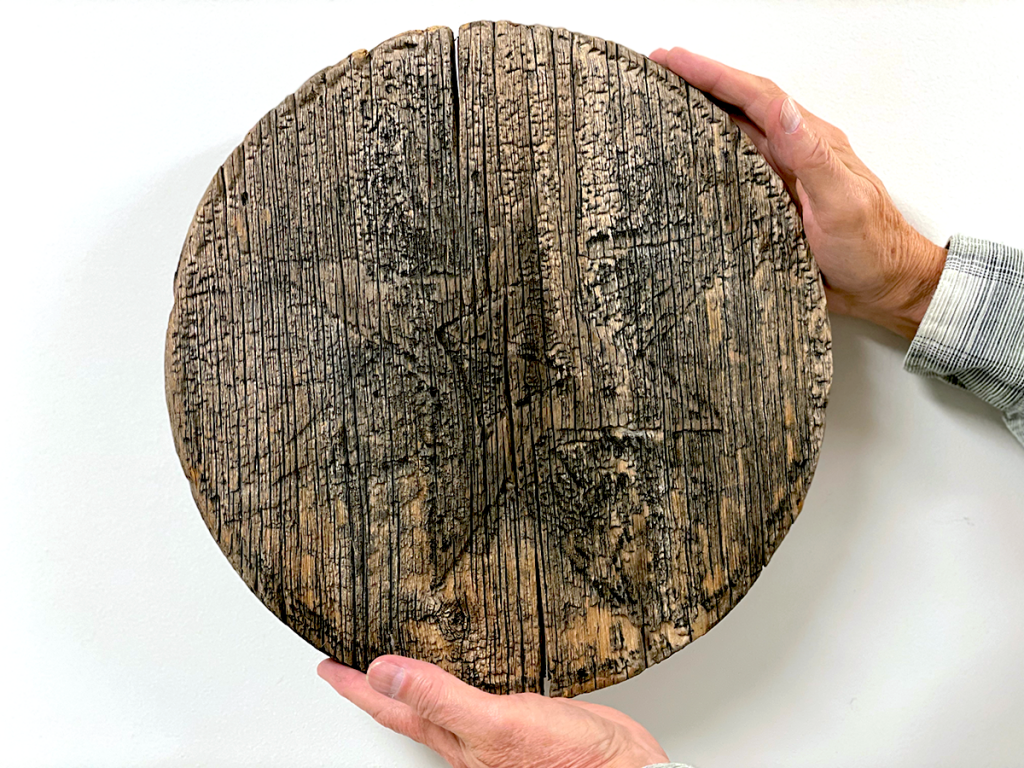
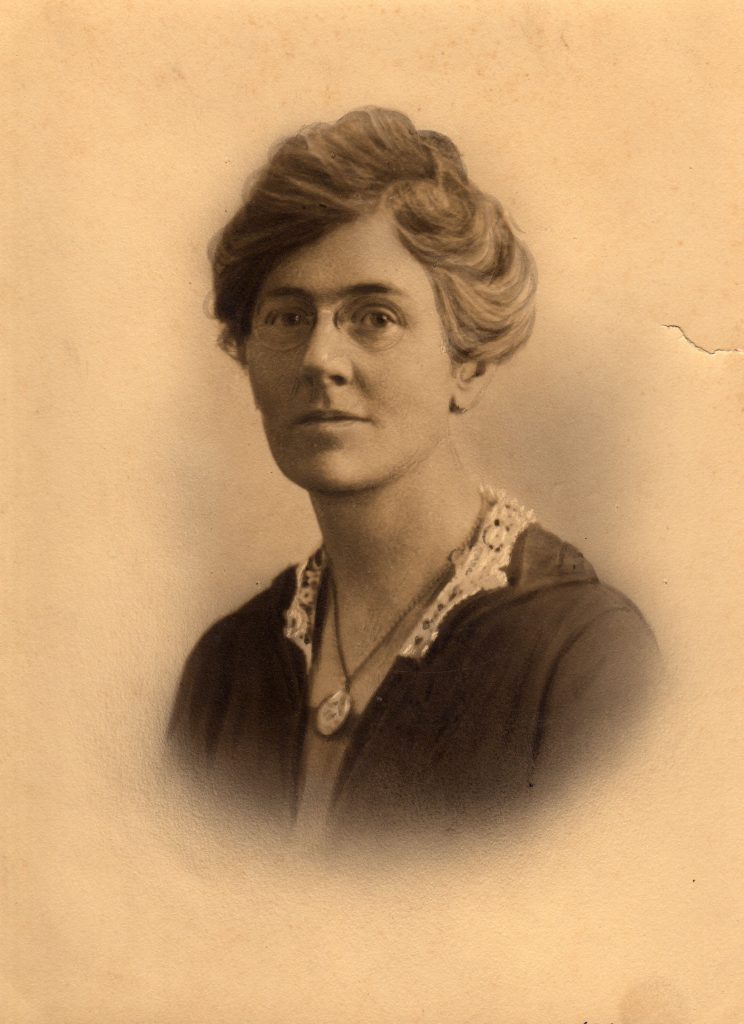
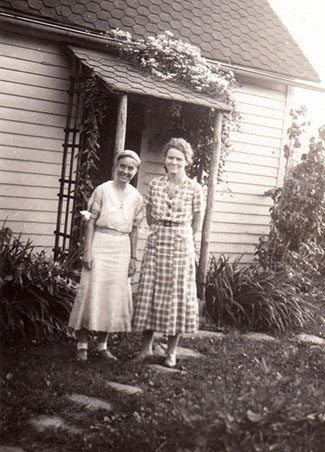
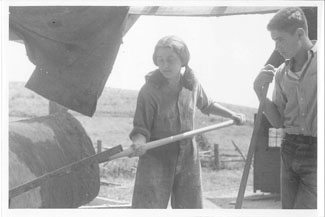
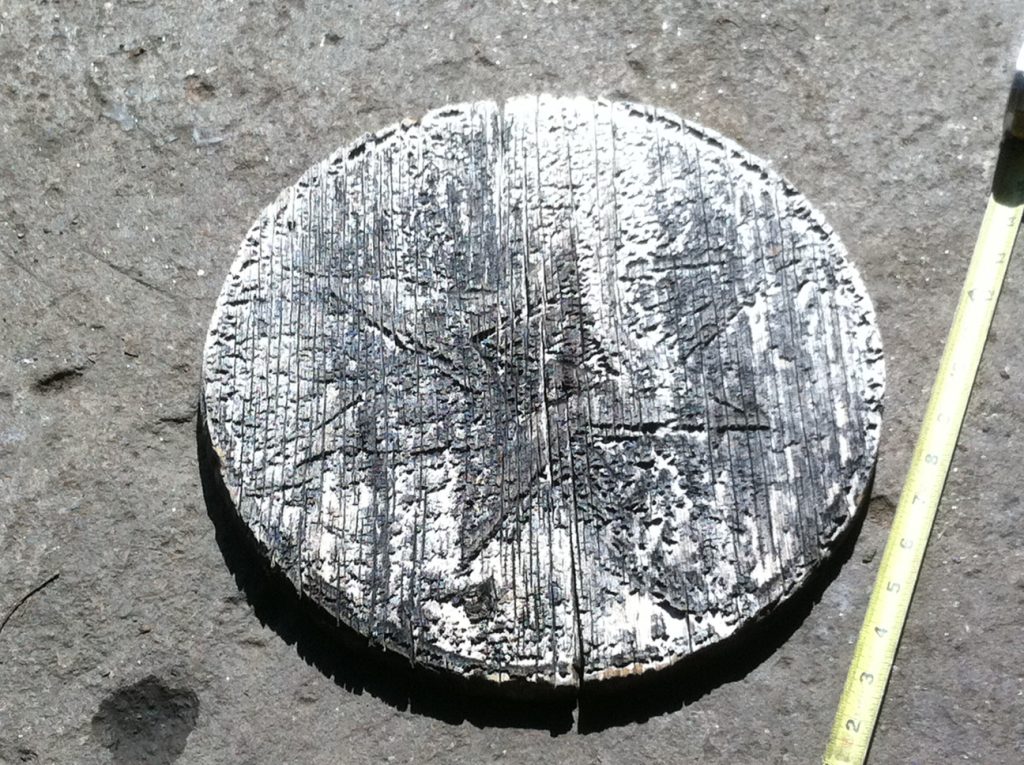
No Comments